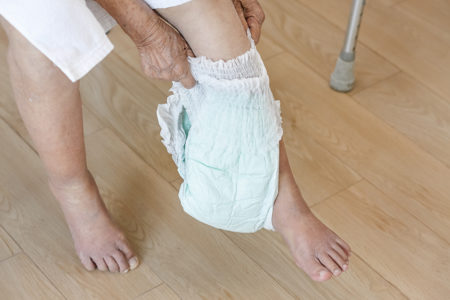By Jamey Dunn for WUIS
Three years ago, the first members of the Baby Boom generation turned 65. This generation, born between the mid-1940s and mid- 1960s, has had a large influence on American politics and policy, in part by virtue of its sheer size. As the Boomers reach retirement age, they may once again drastically reshape the country.
Even before Baby Boomers began joining the age group, the share of America’s population older than 65 had increased substantially. According to a report released by the U.S. Census Bureau this year, the percentage of the population age 65 and older increased from 4.1 percent in 1900 to 14 percent in 2013. The Census Bureau projects that by 2030, nearly one in five residents will be 65 or older. The demographic trends in Illinois are similar. Census estimates for 2013 peg Illinois’ over-65 population at almost 14 percent. By 2030, that number is expected to go up to 18 percent, meaning that an estimated 2.4 million people in the state will be 65 or older.
The challenges Illinois faces as its population ages seem to come from all directions. As the state looks to fund programs to care for more and more seniors, tries to cover the costs of the benefits it promised its own workforce and hopes to be competitive with the private sector in recruiting new talent to replace retiring Boomers, its revenues will also take a hit because of the graying of its residents. “It’s an interesting challenge, because when you look at the numbers and the assets, it doesn’t add up The demand for services over the next decade, given the full arrival of Baby Boomers into retirement or into 60-plus status and the resources that are being put in place today — if it stays at that level, we’re going to really be behind.”
Growing Costs
Just as costs for federal programs like Medicare and Social Security will increase, the demand for some state services will grow as Illinois’ population ages. Medicaid, a state and federally funded program that provides health care to low-income residents, also covers the costs of long-term care for thousands of elderly Illinoisans. Seniors and disabled adults made up about 16 percent of the state’s Medicaid population, prior to the recent expansion under Obamacare. But because of their complex needs, which sometimes include care in residential facilities, this population accounted for more than half of Medicaid spending. If policymakers cannot find a way to bring down the cost of caring for these two groups, Medicaid liabilities will continue to balloon.
Another key source of funding for programs targeting older residents is federal money doled out to states through the Older Americans Act. This money supports programs such as meal delivery, transportation and activities to encourage social engagement for seniors. The act expired in 2011 and gridlock has prevented a full reauthorization. Instead, Congress has opted to extend it on an annual basis, creating a level of uncertainty for programs that depend on the funding. Under the act, almost $2 billion goes to states annually, roughly the same amount that has been distributed annually since 2004. Funding did spike slightly in 2009 and 2010, bolstered by temporary funds from the federal stimulus. Advocates for the senior population argue that stagnant funding for such programs will never be able to cover costs as demand grows. There is also concern that as lawmakers on the federal level face steep Social Security and Medicare costs, they may pull back on funding state programs.



























